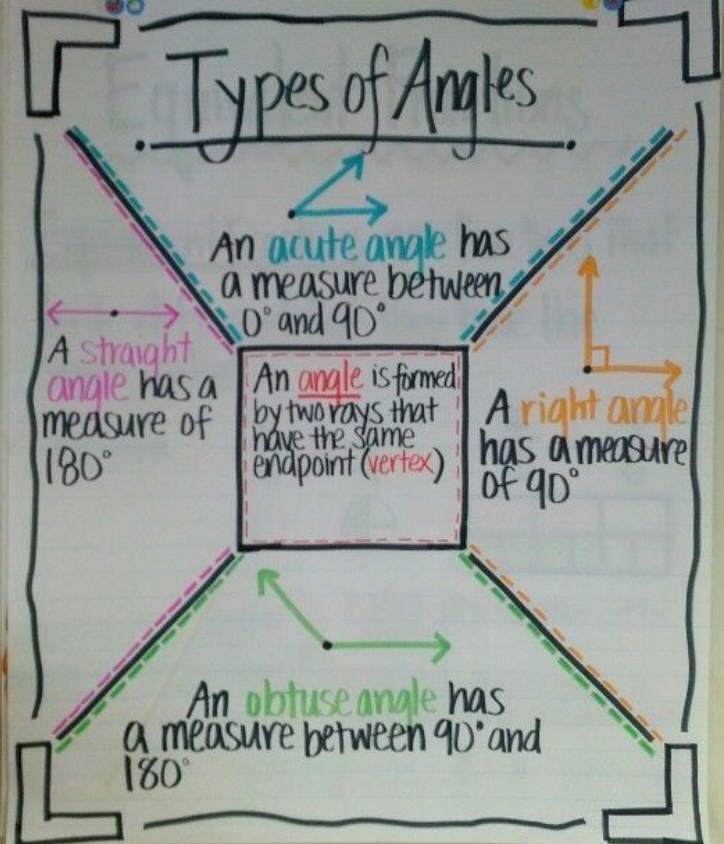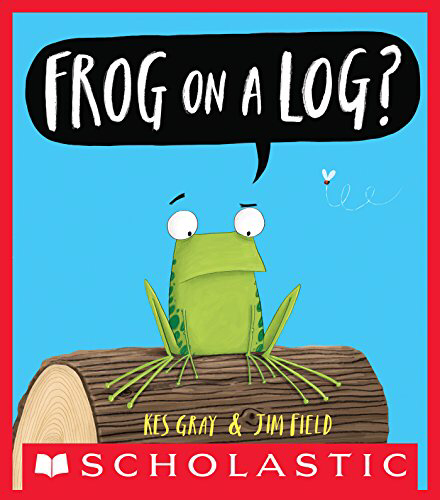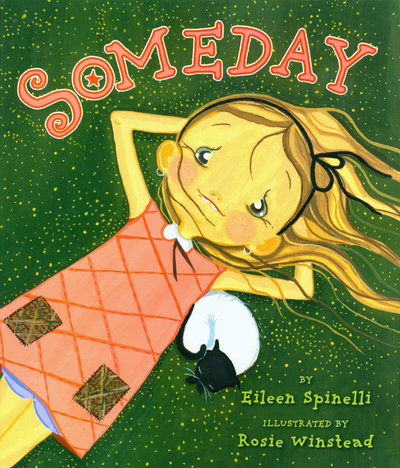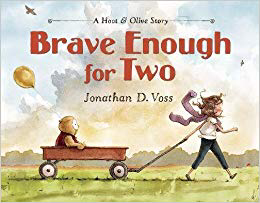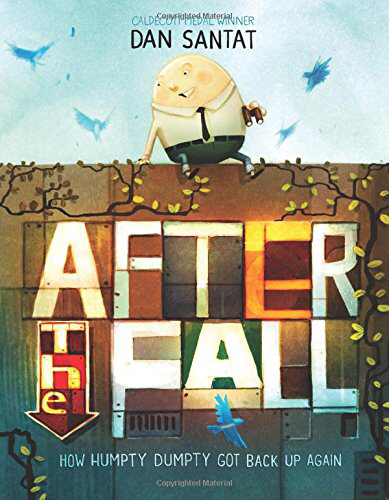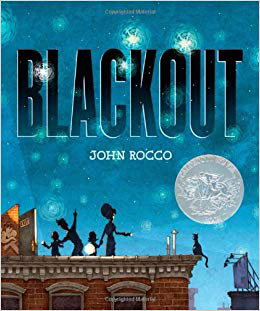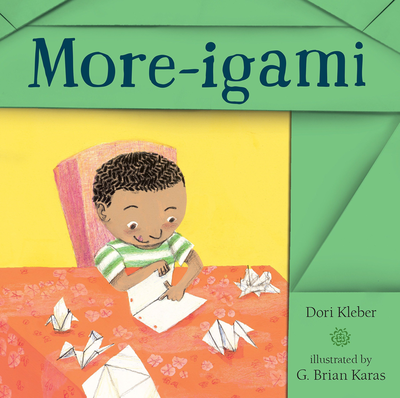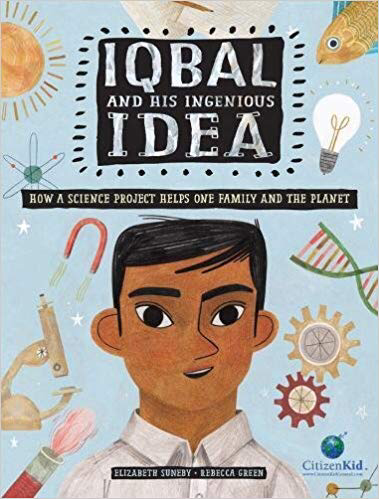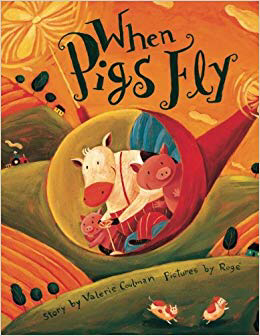|
Let’s face it, we all have been at that moment where we throw our hands up in the air and ask our child or student why on earth can’t you just do it?! It’s at this moment we become the fire breathing dragon to our child. And the battle of wills or the tears flow. Do I do it for them? Do I make them re-do it? Uggghh! Why can’t they just do it? I moan.And I realize it has to be one of three things... 1. It could be (insert gasp here) because I have never taught them to do it the right way. (That never happens really!) 2. They have the skill, maturity, and ability to complete the task, but they are applying it to a new situation. 3. Or, they have learned helplessness. They have been spoon fed for so long now they can’t do hardly anything on their own. Ahhhhh! If it is the first scenario, which really never happens..really! I take the time to think about what I want and then teach the child what I clearly expect. If it is either of the second two scenarios, I ask them the same three questions to establish a thinking pattern. 1. What is your challenge? 2. What is stopping you from completing this task? 3. What tools do you have that will help you? What Is Your Challenge? Sometimes when you ask children to do something, they authentically do not understand the task. If they can’t tell you what they need to do, you have a place to start. If they understand the task, you can move to the next question. What is stopping you from completing this task? This is the part where you hone in on what has gone wrong. They have to break the problem apart. The student must identify what it is they don’t know how to do. For example, you have asked the child to add decimals to different place values. They might say, "I don’t know where the numbers go because this one has an extra number." Ah ha! We need to talk about place value! Think of this question as your data collection stage. It helps you know which part the kids understand. It also helps them realize that they can complete at least part of it on their own which is empowering... eventually. This step isn’t easy, and it will take time, but after asking these questions like a broken record even your most helpless learner will start coming to you saying, “I know how to do this, but I don’t-“ Oh Yeah! Progress! What tools do you have that can help you? We spend time talking in my family and classroom about tools. We have real tools like stools, pencils, rulers, wet paper towels, big brothers, etc. Sometimes our tools are skills like adding friendly numbers, or our memories about things that have worked before. Sometimes, the tools work and sometimes they don’t. But either way, we recognize that we have options and we can look for resources to help us. At first, I ask the questions, listen, and then offer suggestions as a last resort. After I repeat these questions like a broken record, I don't need to offer suggestions any more. It is difficult to let them do it when I could just do it for them. But, empowering them is worth it! Once they have the thinking pattern down, they start to implement it on their own without you saying a word. Oh the beauty! So stop being the dragon and start being their Yoda. In other words, goodbye learned helplessness, no more spoon feeding for you!!!! Check Out My Latest Products on TPT!
0 Comments
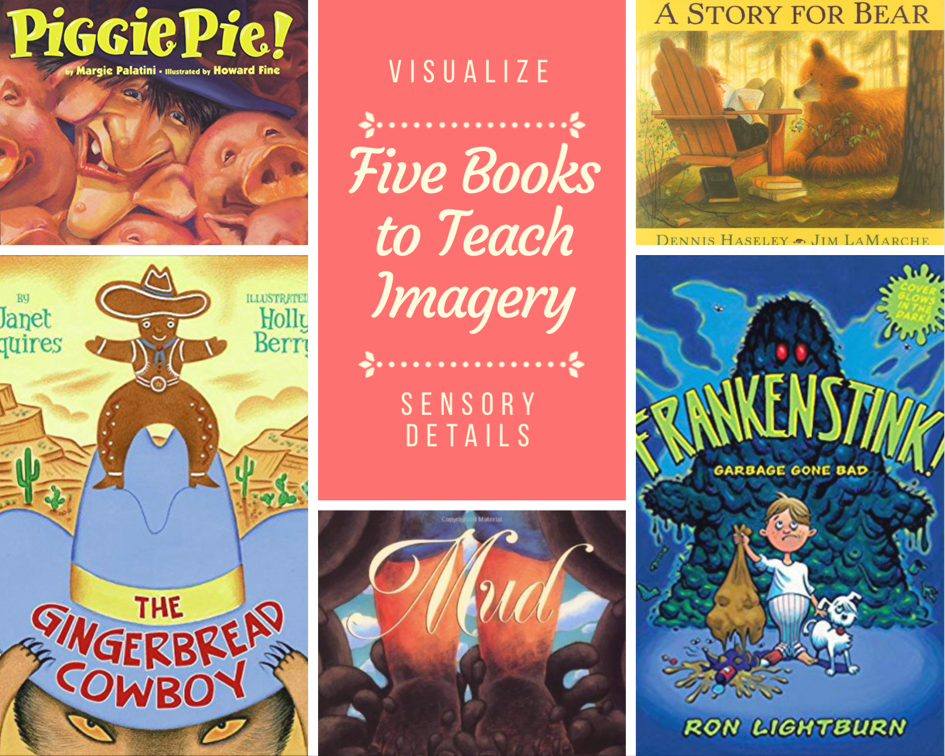 A couple nights ago, I sat reading with my comic book obsessed ten year old son. I can't say I blame him for obsessing over comic books like a bearded man over bacon. But, this comic book turned psuedo novel was killing me. Man alive, this particular book was just a list of events. I couldn't hear or see the setting no matter how much I read. There was no vibrant language to make my teacher heart flutter or to put down for his reading log!!!! So, I began to try to find some books I thought he might enjoy while still having strong writing. After scouring our personal library, the internet, and a few more resources here are some of the books we really enjoyed. And yes, my dear son, I found a comic book- like one in Frankenstink! Whole Class Read Aloud- There are many great books out there with incredible adjectives. When I taught this I always had two anchor charts going. One, the "Examples of Sensory Words", we left up all year. We added to it as we discovered sensory words. The other anchor chart was much like the Imagery Recording Sheet. As we read, we recorded examples onto both charts. After three or four examples, we simply added the words. I didn't want to rob from the magic of the book by constantly stopping and writing! How can you practice this interactively in class? 1, Split your class into groups. Give each group a very basic sentence on a dry erase board, sentence strip, or chart paper. For example, The cat walked. 2. Next, tell your class which sense they have to add to the sentence. (You may want to create an anchor chart like the one above with different sensory words before you begin. Students will struggle sometimes to come up with words and it will be helpful to have something to reference.) For example, you might start with adding a sight detail. The group might add, "The orange cat walked." 3. They then pass their sentence to group to their right. Once more you give your students another sense to add.. For example, let's add a detail that appeals to touch. They might write, "The soft, orange cat walked." Or, they might change the verb. The orange cat brushed against me. (They must leave in any words added by other groups.) 4. Pass the sentences two or three times, adding a different sensory detail each time. 5. Stroll around and choose some of the best sentences to share and maybe one or two to edit. You can post your favorites at the front of the room. What's Next?
In the lesson cycle, we have done the "I do" and "We do". So now, it is time for your students to read independently and see if they can find their own examples. The first day I assign this, I usually walk around and look at the books my students have. Because some, like my son, will not have books that lend themselves to doing the imagery recording sheet. For higher level readers and thinkers, I have them "doctor" or fix two or three sentences from their chapter. Lower level readers and thinkers might get pulled over to me for a quick guided lesson. Phew! Day One Is Finished! But who teaches imagery for only one day? Over the course of the next week, I continue to read great books aloud. After I have taught the entry level of identifying what sense the sensory language appeals to, we move into higher level thinking. Such as, what emotion is the author trying to evoke by using words like... Below is a picture of my mini lesson and task card set I created. It has three sets of cards to move up those level of thinking. Finally, I usually allowed my students to draw about what they read this week. They had to support their drawings with sentences from their stories. But this was a great way to get students talking and interested in different books! Be still my teacher heart. Do you have any book recommendations comment below. As teachers, we take on too much! Between loving on our precious students, lesson plans, faculty meetings, best practices, grades, helping parents, technology that never seems to work right when an administrator walks in, PTO, and oh so much more, we are exhausted! That is why it is imperative we find ways to have others help us! My answer, delegate whenever possible. So here are some ideas for student jobs to hopefully help you cut down on some of your workload!
Leader Role #1- Morning Boss Train a student to be your Morning Boss. Create a morning checklist that your Morning Boss goes over with the other students. My bosses made sure other students “checked in” by asking ... 1. Did you move your lunch clip? (This was also my way of taking attendance. If a clip was left over I knew the student was absent.) 2. Can I stamp your homework? (My boss only checked for completeness or if a student had a question) They recorded any students with questions or missing work on the clipboard. 3. They were responsible for helping me with attendance and reminding my lunch count person to take the count. Leader Role # 2- Snack Leader If your students have a snack time every day, set a timer. When the timer goes off, you don’t stop to pick up trash. Have a responsible student walk around with a trash can. They collect trash or silently dismiss students one at a time to take snacks back to their backpacks. You may need to practice this procedure but you will get to a point where this becomes second nature and snack won’t be a big deal. Leader Role # 3- Kindness Coordinator One of my favorite jobs to have students be is the kindness coordinator. It is their job to spot someone being kind throughout the day. We had a kindness tree where our kindness bloomed. You can share this however you would like! The kindness coordinator keeps their eyes peeled for someone being kind, They can see it themselves or take suggestions from other students. At the end of the day, or sometimes in the class meetings the next day, the Kindness Coordinator shared what they saw and we would write it in a flower. It’s tattling in a positive light! Leader # 4- Technology Guru We all have that kid. The one who knows more about our tech than we do. Or, if you have to google it yourself, would love if you taught him or her at the same time. So do that! Make that student responsible for updating apps, helping other students, turning on the projector. You'll be glad you did and you can keep going! Do you have a student led job that saves you time? Comment below. Did you know that National Talk Like A Pirate Day is coming up? This year, it is September 19th!!!! Or, perhaps ye arrrr just searching for some Pirate Themed Fun? Either way, landlubber, pirates arrr often engage even your most reluctant learner! So let's set sail for fun! Get ready with some Pirate Words and Phrases!!!!
Here are some of my favorite books.... 1. Shiver Me Timbers (Poetry Anthology) 2. Dirty Joe the Pirate 3. No Pirates Allowed 4. The Pirate Jamboree 5. Pirates vs. Cowboys 6. A Pirate's Perfect Pet 7. Pirasaurs 8. Small Saul Look at my Pinterest boards for some craft and snack ideas... https://www.pinterest.com/onealc1/pirate-themed-education/ What is your pirate name? Look Below to find out! Arrrr you looking for some Writing Lesson? Pirate's Perfect Pet is possibly one of my favorite books ever! There are so many great lessons that can come from this one book. The book is fiction. But within the fiction is a list, persuasive text, rhyme, alliteration, and more! The story is hilarious and the illustrations will have you laughing out loud! Below is a pirate themed freebie! 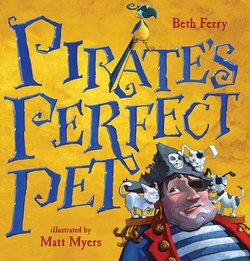 What is the Perfect Pirate Pet? Have your kids use this organizer to convince you! Included in this pack arrrr organizers for various levels of writers and pirate themed paper for publishing. If You Liked My Freebie, Check Out These Lessons!
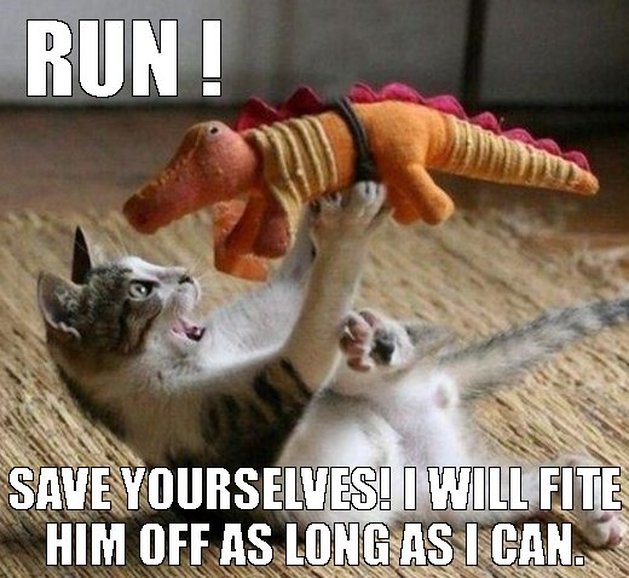 Cooperative Groups Made (Well, Slightly) Easier Having students work in cooperative groups can be a nightmare! Often there is fighting, someone not doing his work, and/or group division. So how did I overcome this? (At least to large extent, I am not a miracle worker ;) ) Well, through trial and error of course! So here are some things I learned. Student Arguments Our first inclination when a student comes over and immediately says, “So and So just________________me.” is to go and fix the problem so we can all get back to learning. Right? Don't Do It! Instead, call the other student over and make them face each other. Have the students talk it out. Most of the time you won’t need to say much, if anything. Sometimes though, you will need to guide your students in solving the conflict. But after a while you will hear the students begin to try to solve their own conflicts first. Save your sanity and teach conflict resolution while you are at it! Group Rules and Consequence Like many of you, I begin the year establishing boundaries through a class contract. Children need to know what to expect. (Remember your Harry Wong?) But groups must also know what to expect from each other. Short Term Groups- Have students discuss the goal before ever handing out materials for the task. Next, they can orally or write how they will achieve. Who will do what? If there are tools, who will use them? How will they take turns, etc. Once they have agreed to how they will accomplish the goal then give materials. Long Term Groups- Just like you would write a class contract at the beginning of the year, have your group write some “rules”, “agreements”, etc. to guide their group work. The first few times you should definitely walk your groups through this process or you might get some superfluous rules (i.e. Everyone must wear pink on Tuesdays.). Next, I would have your groups establish a series of consequences. For example, a group verbal warning that a student isn’t follow directions. On the second violation, a student may be asked to hand over an item of distraction, give up a privilege, etc. (At my school, their ipads were usually the culprit. But it may be a toy, book, etc.) The third violation the group may vote that the student should have a meeting with Mrs. O. Notice that I didn’t have to step in until after the group had met three times. Most of the time, I had made my rounds during group work and already met with the group/student before it ever reached a point that they voted. Groups kept these contracts in a folder with their group work. Role Play At the beginning of each time you switch up groups, do some role playing to test out their conflict management. Type up some situations you are seeing in your classroom (with fake names, details, etc.) and give them to the new groups. Have the kids share how they would solve the problems. Next, have them create skits, comics, posters, songs, etc. to promote the acceptable behaviors. It may seem a little silly to them, but it’s much easier to practice this skill when no one is truly angry and allowing for creativity at the beginning of a group allows other students to see each others strengths! Literature Be sure to select books every now and then that show characters with admirable qualities and great cooperative skills. Spend a few minutes reflecting on the qualities you liked and how the conflict was solved. Reading books like this will help establish that culture, I promise! Recognize and Compliment Have a space in your room to celebrate kindness, cooperation, and good work! Your students will start to look for things others are doing well. And one of the fastest ways to get a rowdy class until control is to compliment an on task student. We all like a pat on the back. I know I do! Your kids will too. Books to use to teach about cooperation and collaboration: Being a Friend: Do Unto Otters, Scaredy Squirrel Makes A Friend, Nerdy Birdy Being an Individual: Stand Tall Molly Lou Melon, A Bad Case of Stripes, Stella Luna, Cooperation/Your Actions From Someone Else’s Perspective: The Day the Crayons Went on Strike, Cowboys vs. Pirates Hey Little Ant, Stone Soup, The Sneetches, The Dot, Princess Justina Albertina Sharing: The Giving Tree, Enemy Pie How to Get What You Want: Who Flung the Dung? Those Darn Squirrels! Pig the Pug Marlene, Marlene the Queen of Mean Responsibility/ Problem Solving: Strega Nona, The Wump World, Iqbal and the Ingenious Idea I used these books with third to fifth graders. So, do you have any suggestions or books you like?  ESHave you ever asked a child to estimate anything before? You will get some bizarre answers. Then again how many times has a kid asked me if I was twenty and the next day a different asks me if I am in my 70s? (Not great examples of estimation, but you get my point. I look for good for 70, by the way.... And really bad for 20s. ) Any who! Estimating is an essential skill in Math. Your best students seem to do this naturally. They whiz through rote practice, conquer word problems, can pick out number intervals for number lines, and pick a part multiple choice answers like beasts. Why? Number Sense. They have it. They don’t have the cutesy poem memorized. They have major math muscles! (Ah!!! She said what?! Wait! Don't stop reading yet! AFTER, your students have a good understanding of the concept, I am all about mnemonics, songs, and poems! ) Number sense has to be built into our students. Most of our students do not come naturally to it. Therefore, it is our jobs as educators to do it daily and effectively. So how can you get estimation and number sense into your daily routine? Here are some ideas and tips… Tip # 1- DO NOT TEACH THE POEM FIRST!!!! (Forget “5 or more for a little while!” We’ll come back to it, I promise!) Tip # 2: Teach it with real world objects and situations, first and always!!!!! Here are some ideas... *Pull out different colored bears, blocks, foam pieces, etc. Then quick! Estimate how many and record your students responses. Don’t let them count! Just guess then you can count together. This is quick and easy and gets them thinking! *Ask your students… How long do you think __________________ is? Record responses then measure. *How long do you think it would take us to… *How much liquid do you think this ______________ will hold? These activities can be done at each grade level and even in Guided Math groups. Just adjust the measurements according to your standard. Younger grades may measure in hands or to nearest inches. Older grade may estimate to the nearest half of an inch, minute, etc. (Yes, you can use the candy jar, but don’t let this be your only activity!) Tip # 3-Number lines, number lines, number lines! Use them! They are your best friends!!!! I have used clothes pin number lines, students and jump ropes as number lines, number lines on the Smartboard, chalk number lines, vertical number lines, number lines that look like mountains, roller coasters, cities, etc. Number lines that count by 2s, number lines that start at 14, and so many more. When students can visually see what their number is closer to, they quickly and easily estimate. The more often they practice, the more their number sense grows! Tip #4- Use Number talks! I know you think, I don’t have time for those. And have you ever tried them? Yes! They are worth the time and effort it takes to develop, I promise. Go on Youtube and watch teachers have number talks. Develop your own routine. It helps in so many ways!!!! For now, I am going to way oversimplify this process. Give you a very brief overview of what I did in my classroom with great results. 1. Pose a problem on the board or anchor chart. Example- 58 + 61 =? 2. Give 60-90 seconds to allow kids to think over answer. 3. Call on several students to give their sum. Record under a heading with something like “Possible Sums” (Always model great math vocabulary! If you aren’t using it, they won’t!) 4. After several student solutions (no processes yet) I always give/record a “crazy answer”. 5. Next, I ask students to think/pair/share. They should discuss if we can eliminate any answers. They must be ready to prove it! (And no names when it is time to eliminate, just the answer.) 6. Allow students to tell you what they answers they eliminated and why. (You will need to model this routine for them, it will not come naturally at first.) After several number talks, at least some your students should tell you through estimation, a justification that will get rid of an answer or two. And look! You have higher level thinking, students talking and interacting, and you get to walk around and monitor thinking and behavior! (It’s good teaching and looks great on TTESS, just saying.) Example: Crazy Answer- 15 Justification- It can’t be 15. 58 is close to 60. 61 is close to 60. 60 + 60 = 120. We are finding the sum of two whole numbers. Our sum should get larger since we are joining two groups. 7. Now, cross out any sums that don’t make sense. 8. Allow students to share their processes. I always write down what they are saying step by step. 9. Finally, we solve using standard algorithm. Tip # 5- Games, Games, Games!!!!! Play games whenever you get the chance! Kids love them, they are engaging, and competition is a great way to learn! Look at my estimation page for some interactives as well as some printables. https://ciaraoneal.weebly.com/estimation.html So there you have it! Those are my five tips for incorporating estimation and number sense into your classroom. After I have built in these routines, then I teach with the mnemonics, songs, and poems. But the understanding HAS to be there first. Do you have a favorite way to teach estimation? Share it with us!!!! Check out my lessons and games on TPT by clicking the pictures below. This last year, I was fortunate enough to be apart of cohort through UT. After reading some more of the books, our professor gave us I started thinking problem solving, brain storm, and more. As an adult facing a problem, I don’t tend to generate a list of possible solutions. Through experience (and trial and error) I’ve learned what to do when various types of problems arise. But often times I forget that my students most likely won’t face problems that are not immediately solved for them by older siblings, electronics, or parents. (And yes, sometimes by myself, guilty!) Students need to spend time generating ideas about how to solve problems of many varieties. Brainstorming establishes connections between ideas and methods to solve problems. These connections will help build up your students’ mental tool box. And the more tools your students have, the more likely they are to be successful in any given problem solving situation. Brainstorming in Math- Before beginning a word problem, have your students list all the possible ways to solve it. Don’t reject any ideas, even if they are blatantly wrong. Next, sort them into Good Ideas, Better Ideas, and Best Ideas. Allow students time to verbalize or write (either whole or small groups) their justifications for the placement of each strategy. Practicing this several times a week will help your students remember and connect the skills they have already learned. It will also help them analyze mathematical process on a deeper level. It may spark an interesting debate even. Example; Mrs. O has 24 students in her class. She wants each student to have 64 cubes for the math lesson today. If she has 1,500 cubes, will she have enough cubes for each student? Strategies to solve this: Repeated Addition Multiplication Make a T Chart Draw a Picture Subtract Divide Examples of thinking: (Yes, you will have to model it for them often.) * I would put adding into the better ideas. I would not put it into the best ideas because I don’t want to add 64 twenty- four times. It would be faster to multiply. *Or, I would put drawing a picture in the better ideas because drawing base 10 blocks twenty four times is going to take too long. *We probably wouldn’t want to divide because the problem is not asking us to share 64 things between the 24 students. Brainstorming in Science Cause and Effect- Pose a problem and let students brainstorm a list of possible causes. (My plant died. What do you think happened to it? A certain type of animal disappeared from this region, why do you think that is?) Yes, you might hear that aliens abducted your cows. Allowing the creative responses every now and then is okay (and dare I say healthy for your classroom). Later, when your students sort the ideas Good, Better, and Best, your students will know that aliens did not steal the cows. J And use your judgment. If you know the class would take that response and run the wrong the direction with this exercise then don’t do whole group. Instead, allow them to generate the list in groups. Limit each group to one creative answer and two logical causes per group. They’ll regulate themselves. J Mystery Matter or Vocabulary- Brainstorm a list of question to ask about something in a bag or a hidden vocabulary word. Next, give them a clue. Let them answer or discard their own questions. Finally, have them make a final guess and reveal the mystery. (My students love this!) Part of the Whole- Show a part of a picture or article. Allow students to generate a list of questions. What does a word mean? Why does it have this? Will we be studying something to do with plants? Once a student asks a question fairly close to the content, encourage more questions along those same lines. Keep these questions until after you finished the unit or reading the article. Finally have the students answer their own questions. Okay, there you have it. Do you use brainstorming in Math or Science? Like what you read here? Check out my Teacher Pay Teacher Store! https://www.teacherspayteachers.com/Store/Cups-And-Pages |
About
|
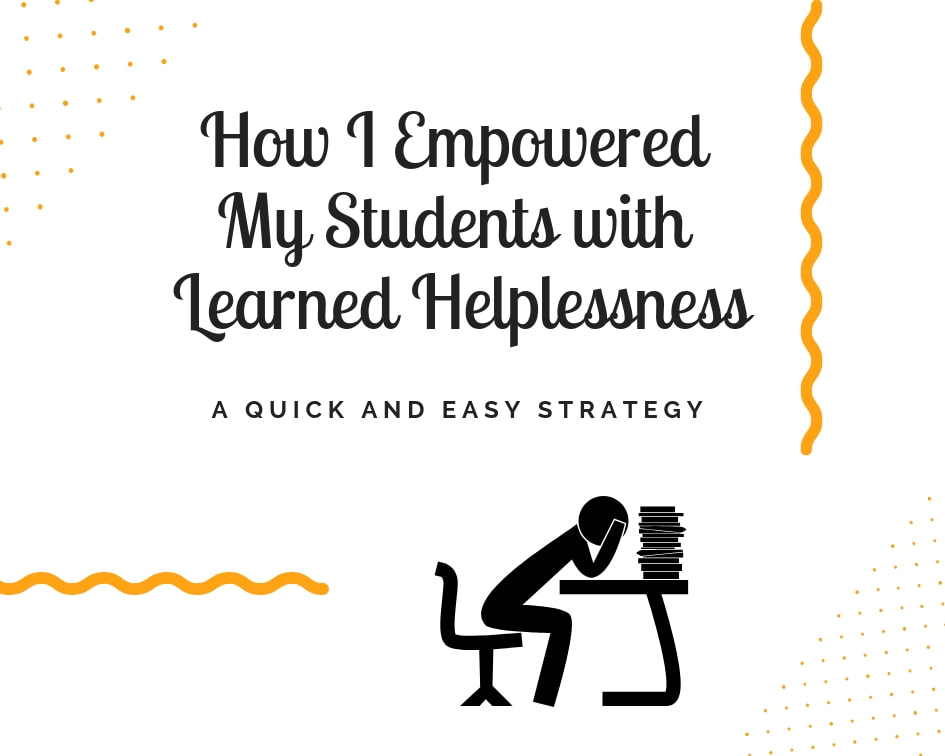

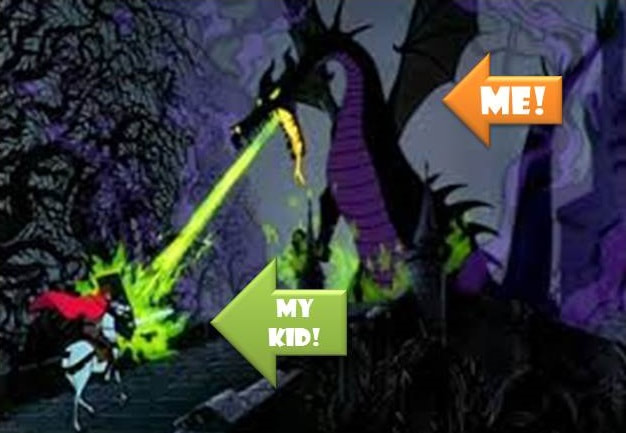

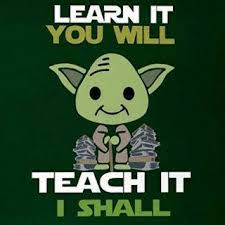
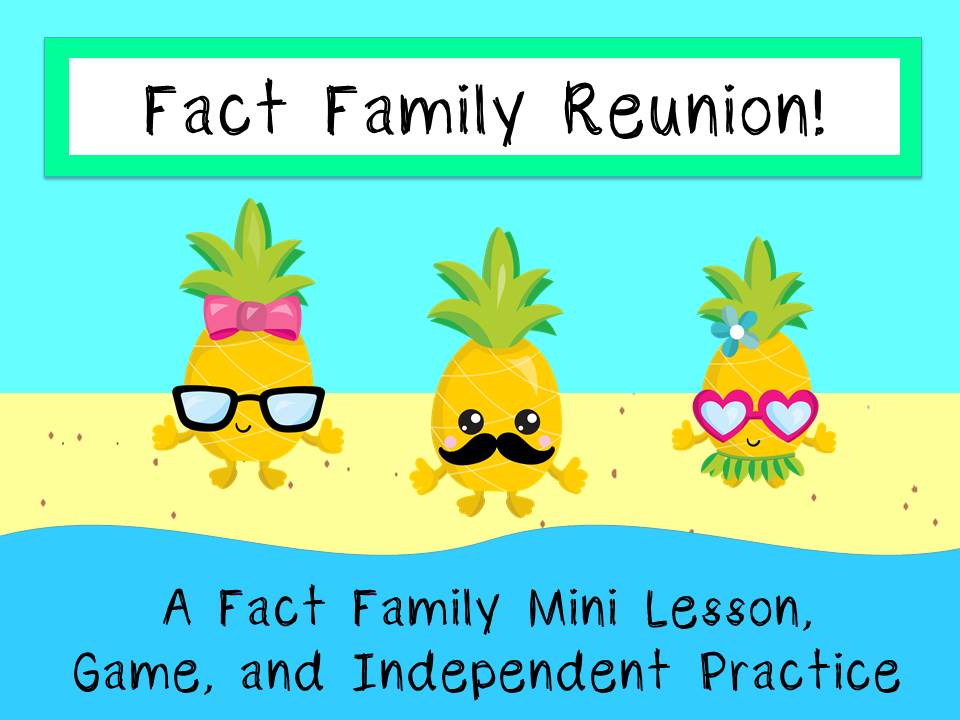
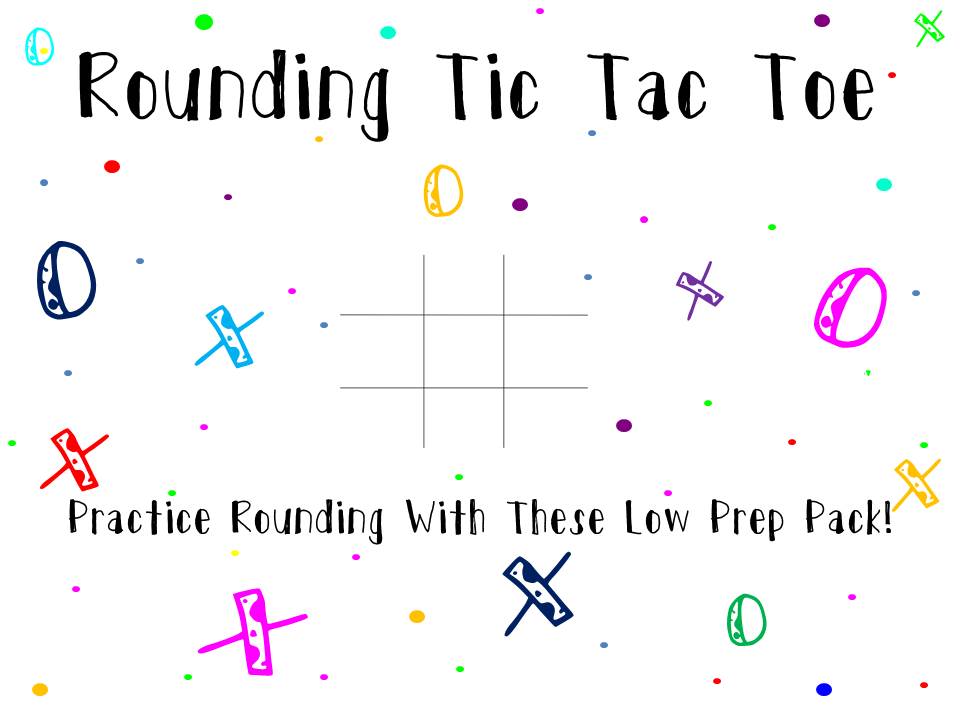
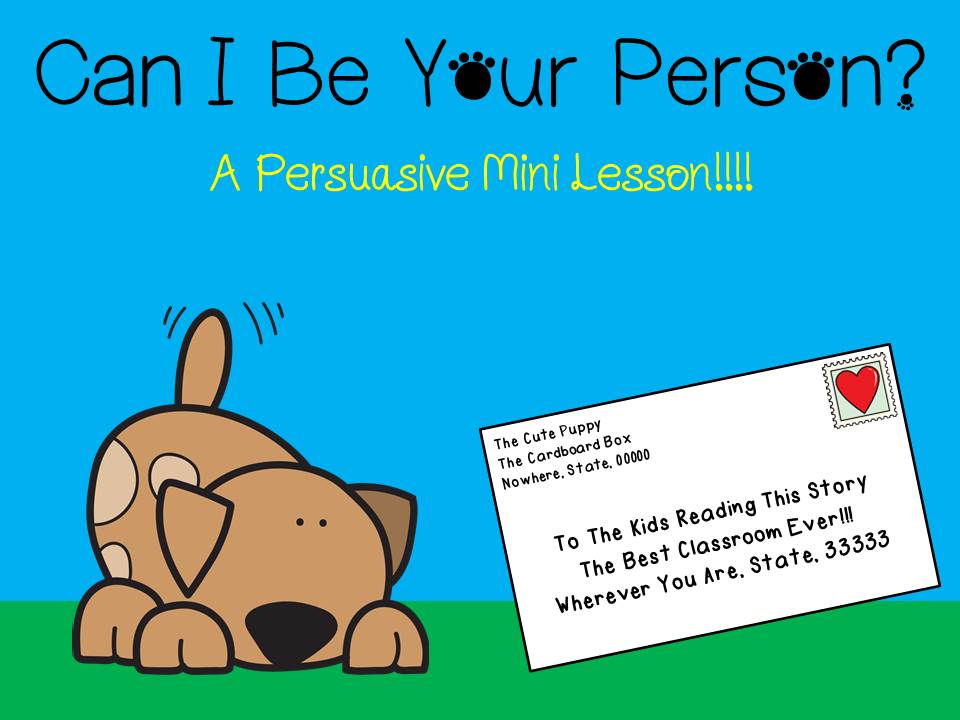
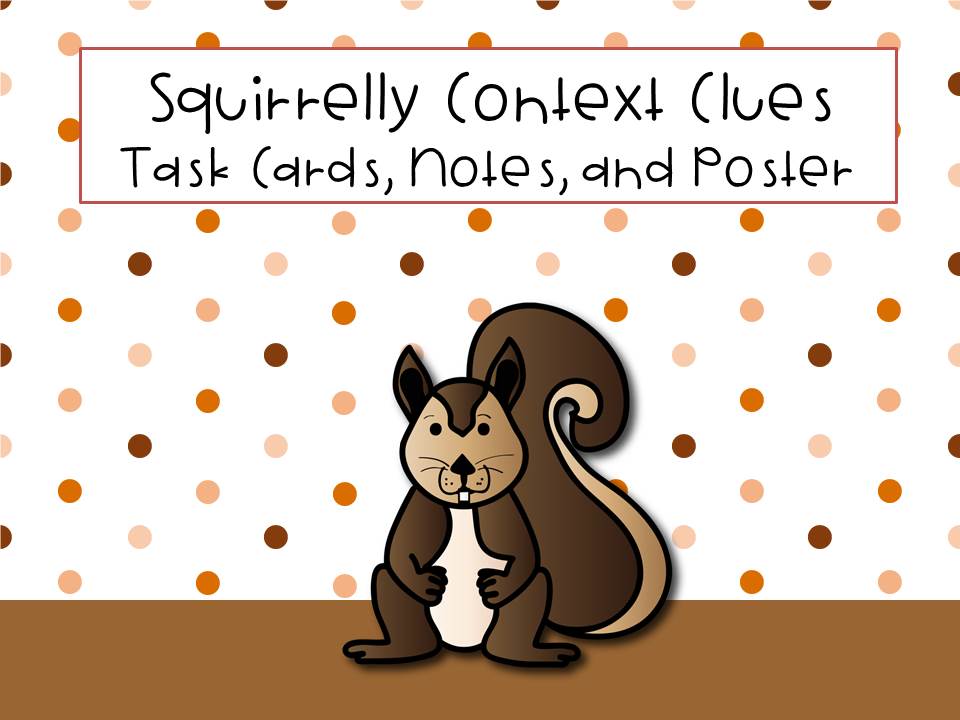
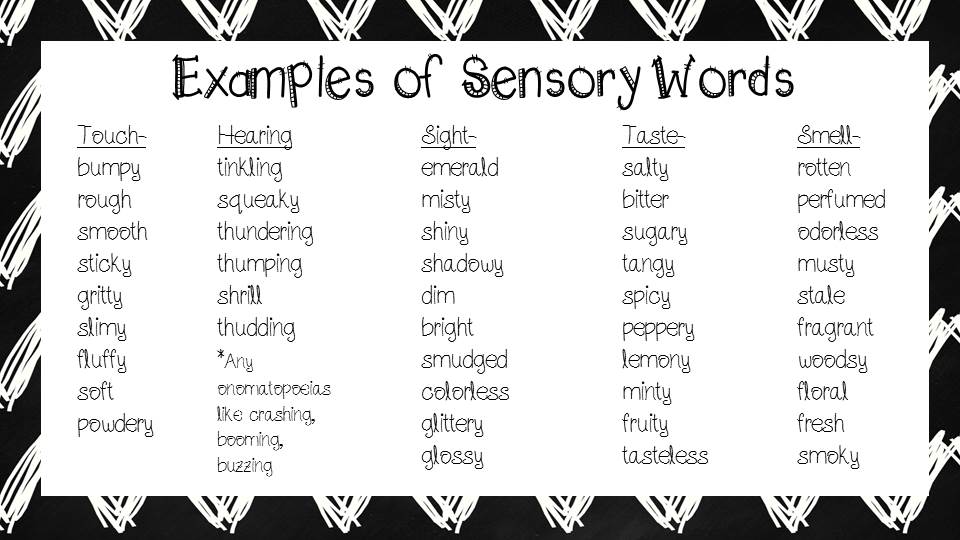
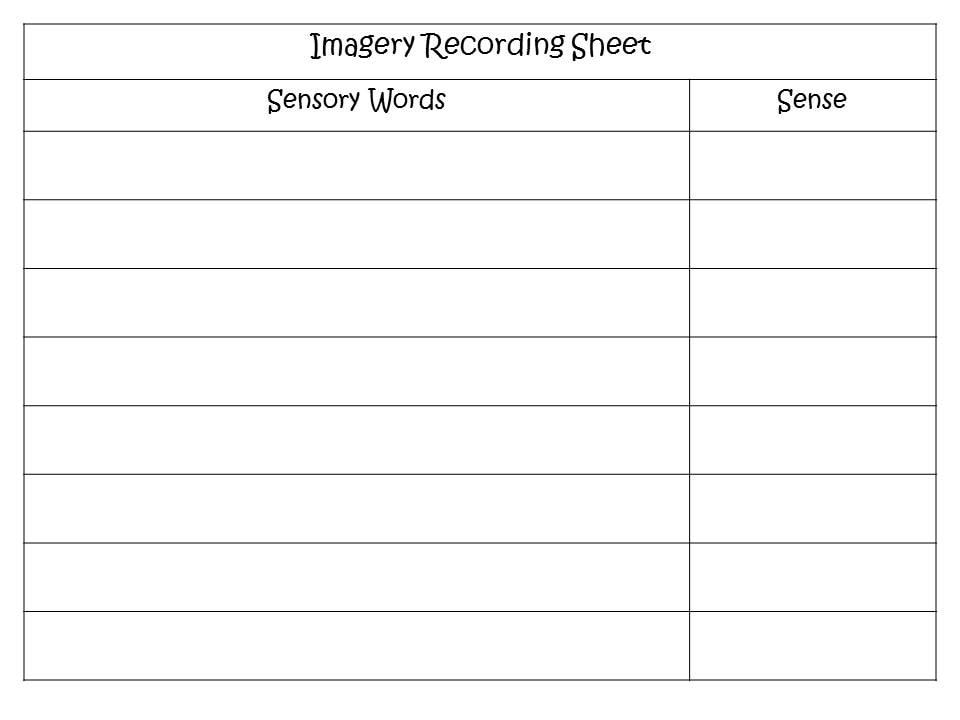
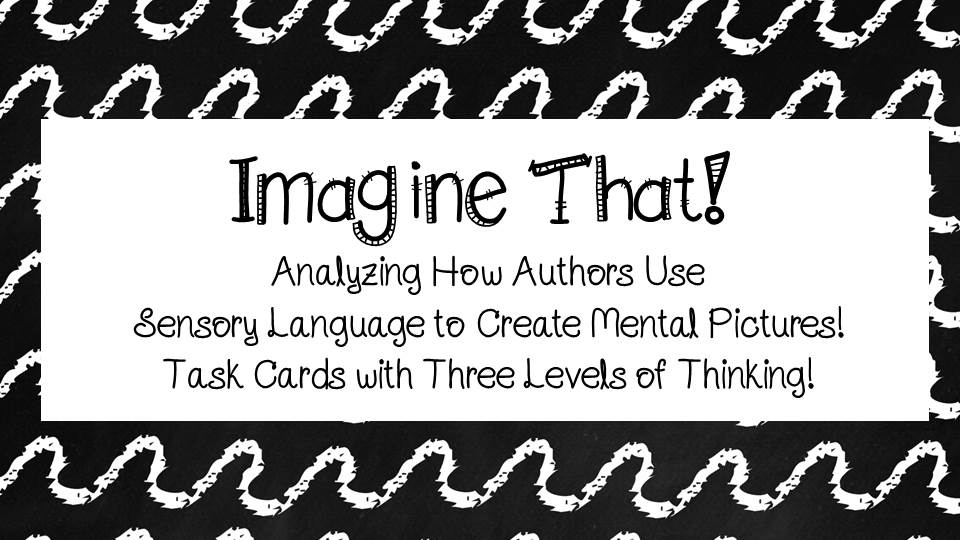


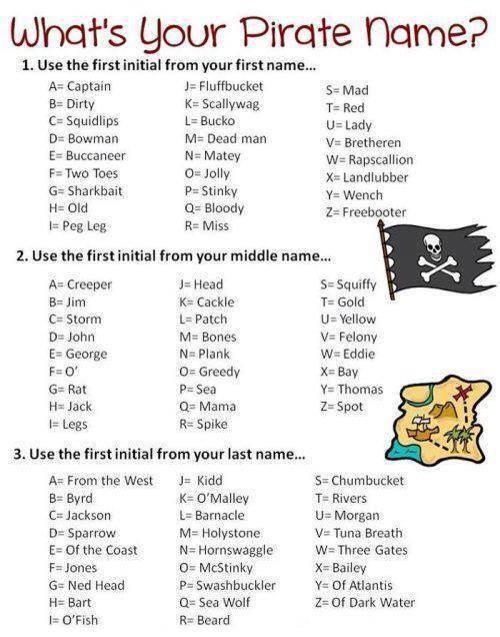
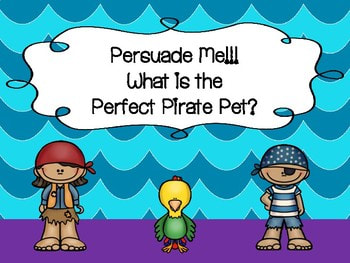
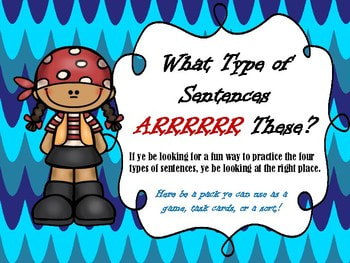
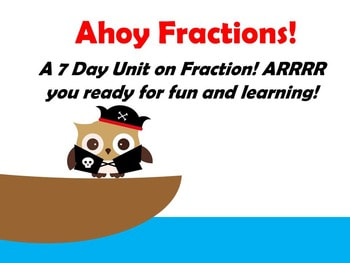
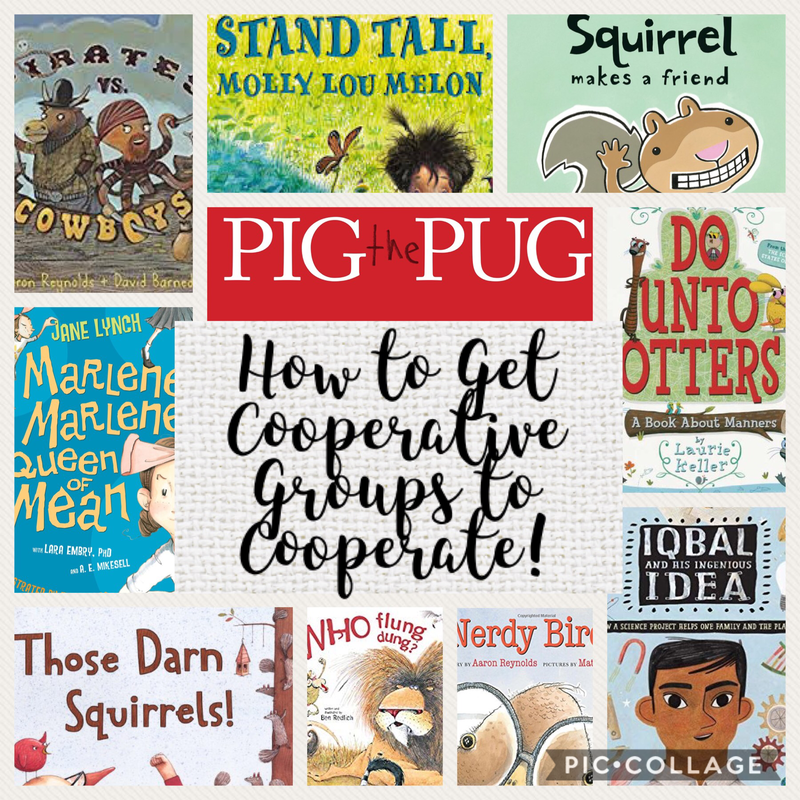
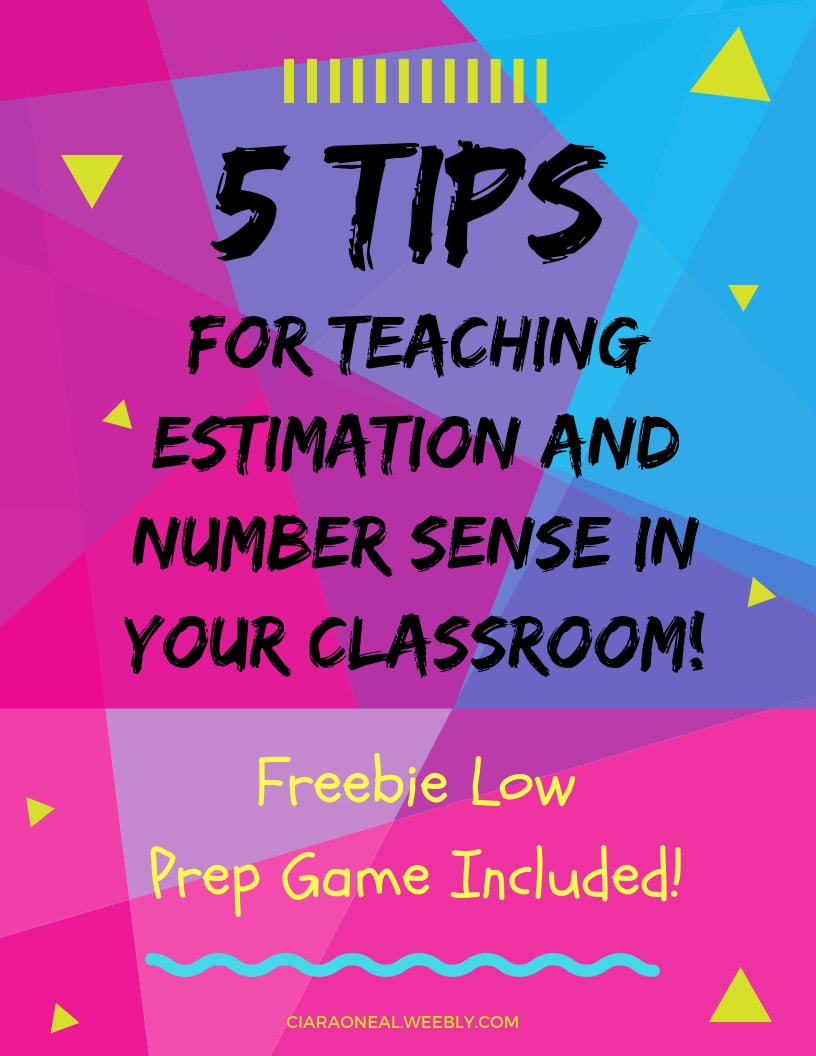

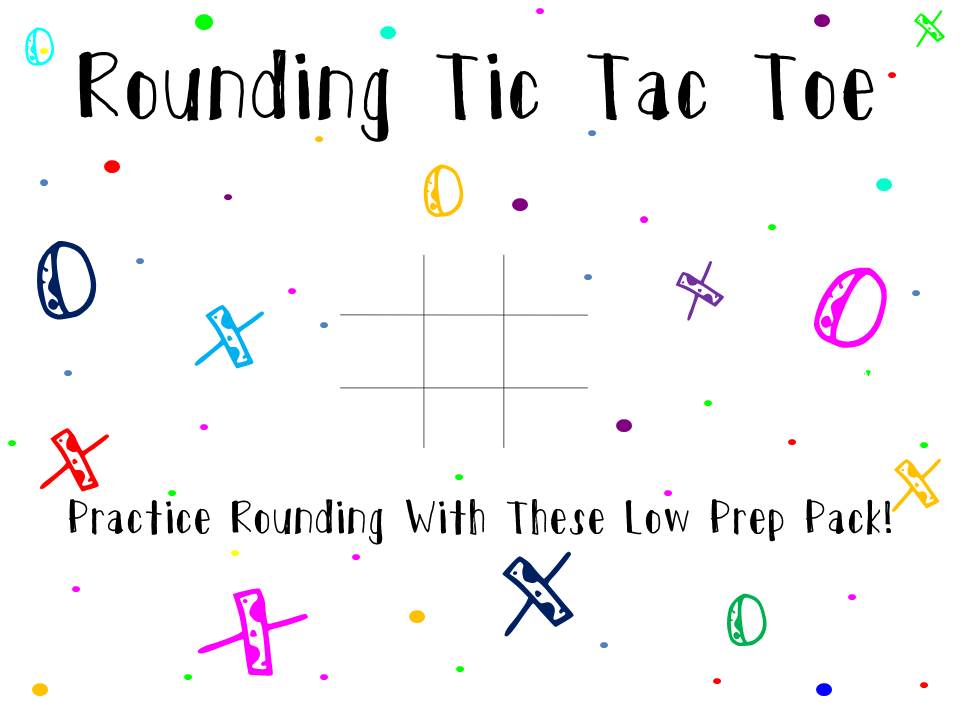
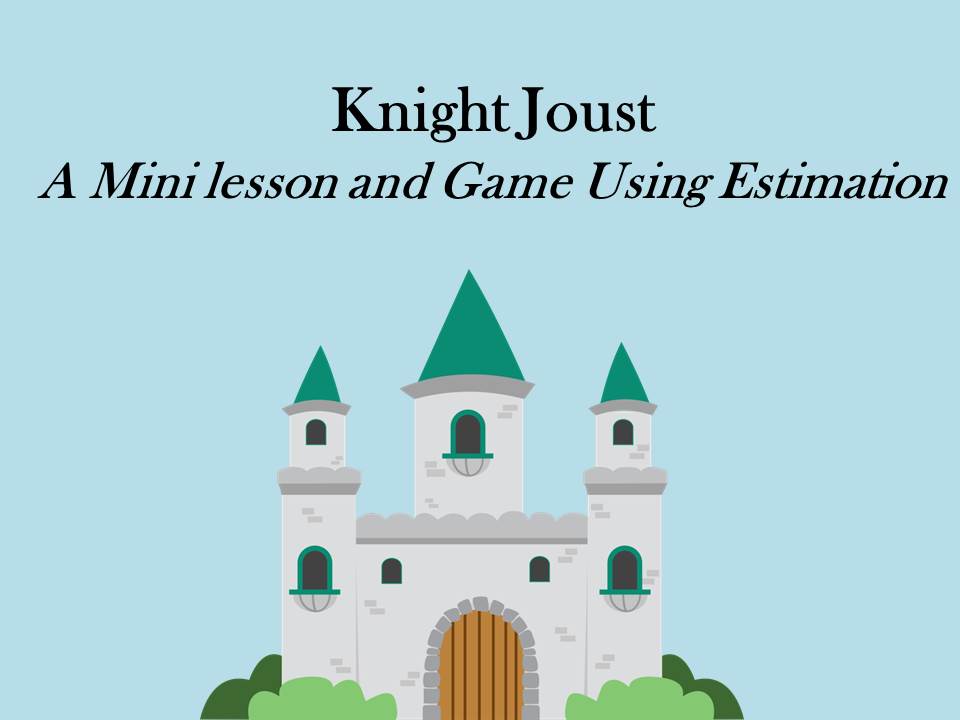
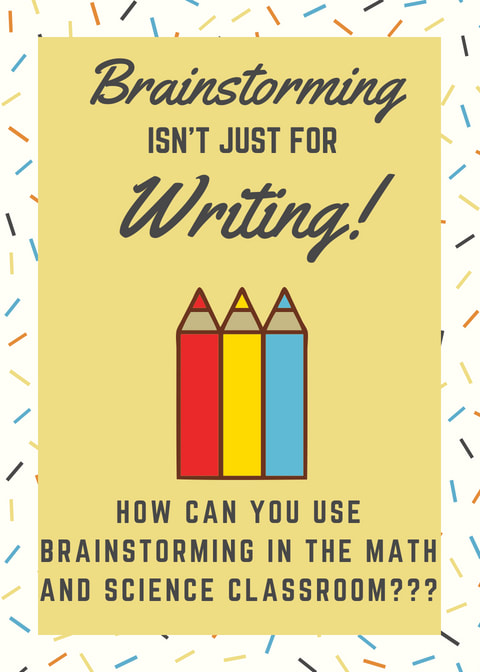
 RSS Feed
RSS Feed
